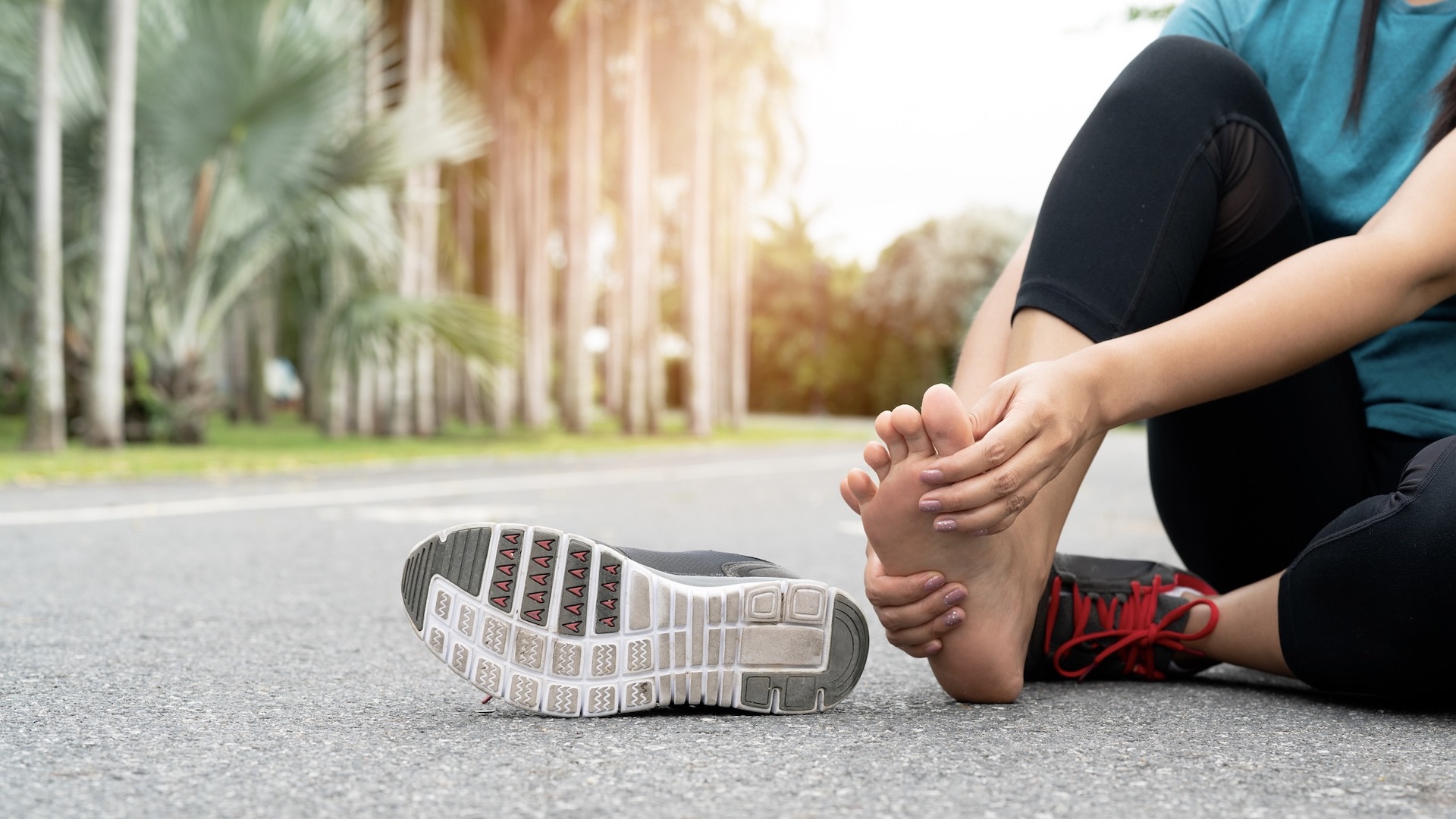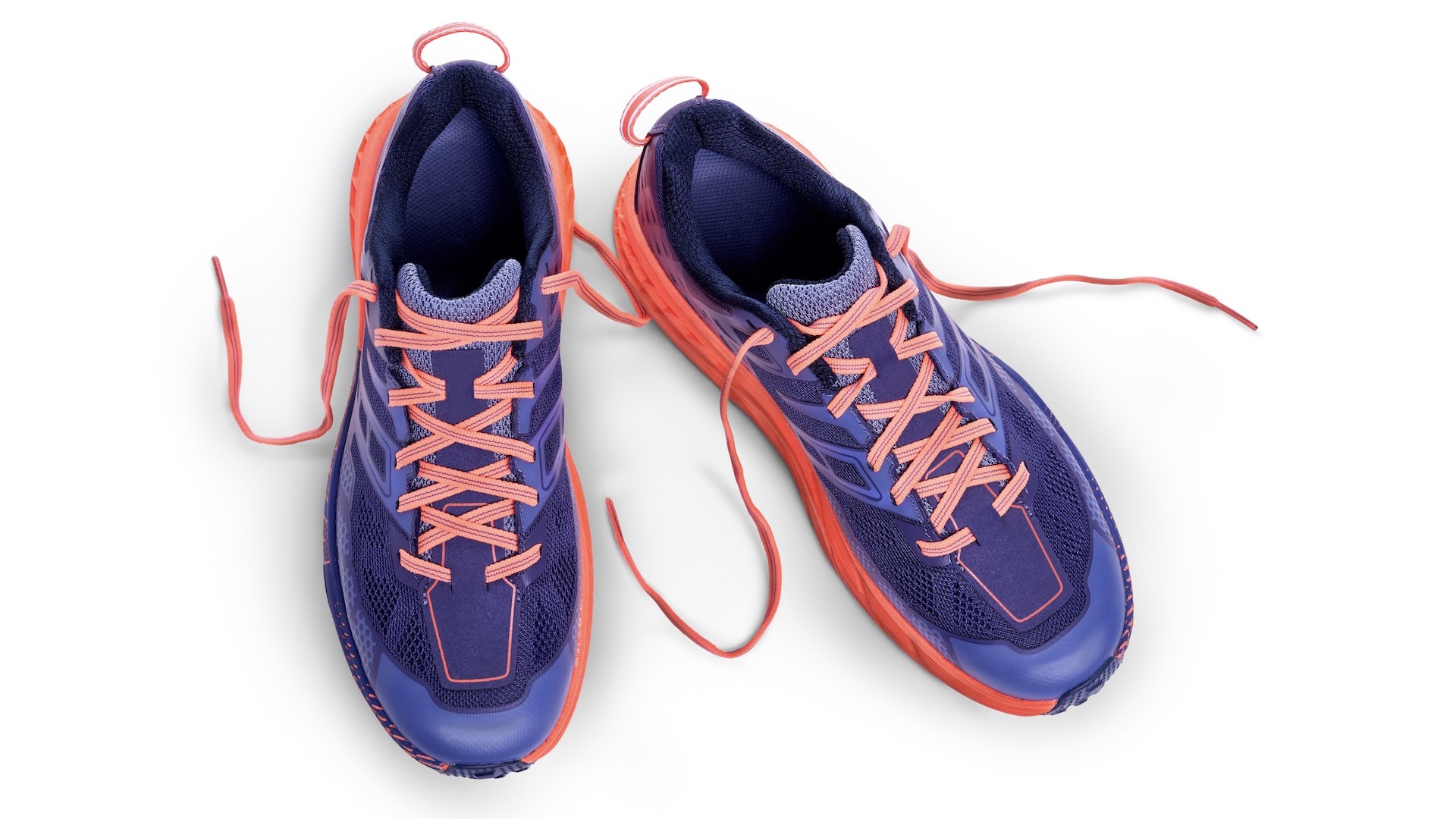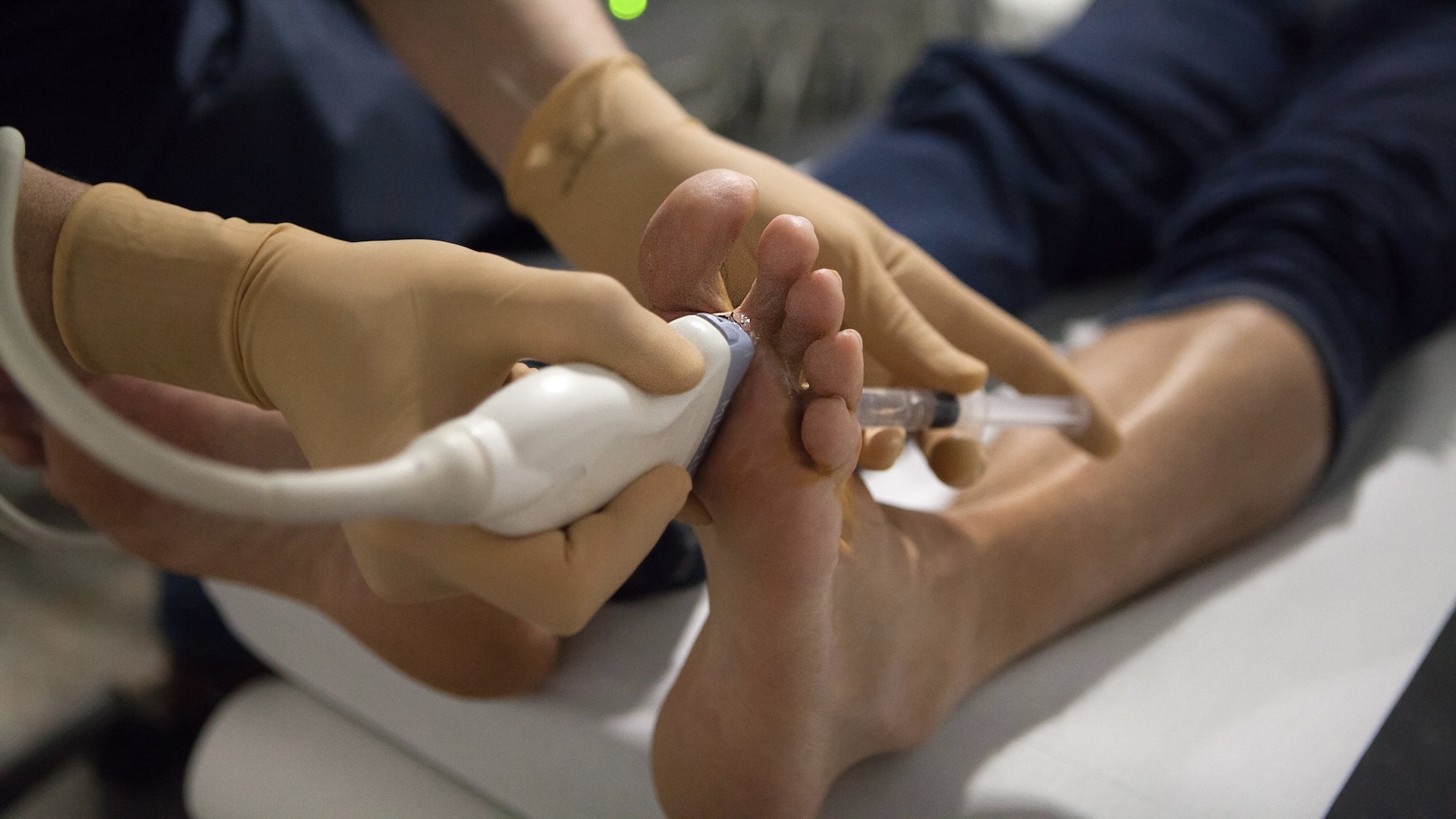
There a range of different types of injuries that runners suffer and many affect the feet. If you have a pain or discomfort in the forefoot, it could be diagnosed as Morton's neuroma.
Morton's neuroma is generally described as a thickening of the tissue around the nerve leading to the toes. It usually manifests itself as an irritated nerve between the toe bones,
What does Morton's neuroma mean?
The foot condition is named after Thomas George Morton, although it is said that it was first described by a chiropodist called Durlacher.
What are the causes of Morton's neuroma?
There are a number of causes of Morton's neuroma, such as if you routinely wear tight, pointed or high-heeled shoes. It can also be linked to running, or a number of other sports where there is repeated pressure on the forefoot. The condition is more likely to affect people who have other foot issues, such as high arches, flat feet, bunions or hammer toes.

Why do runners get Morton's neuroma?
For runners, Morton's neuroma might develop due to the pressure on the nerve in the forefoot when wearing poor quality or worn-out running shoes. There are many tips for knowing when your running shoes are worn out.
A running shoe that is too narrow at the toe-box may lead to an issue with Morton's neuroma, so you should ensure your footwear is wide enough and doesn’t squeeze the forefoot.
What does Morton's neuroma feel like?
People describe Morton's neuroma as being a specific pain in the forefoot. For some it’s is a shooting or stabbing pain, while others say it feels more like a burning pain.
Morton's neuroma can also make the sufferer feel like that have a stone or lump in their shoe. Other symptoms include a tingling sensation or a numbness in their foot.

How to recover from Morton's neuroma
Like many other running injuries, the advice is to rest for the best recovery. Cut back on your running or stop completely and try other sports such as swimming until the pain goes.
You should also try to raise your foot whenever you can and ice the painful area. An ice pack held against the forefoot for up to 20 minutes every few hours is recommended.
Pain killers, such as paracetamol, and anti-inflammatory solutions, including ibuprofen tablets or gel, may be appropriate measures, too. But using ibuprofen to mask the pain and then continuing to run may well make matters worse.
Take a look at your running footwear and also your everyday shoes. All your footwear should be wide enough to accommodate your feet and not pinch at the sides or cause your feet feel “crammed in”.
Low heels, rather than high heels, for daily wear are essential to overcome Morton's neuroma. It might be that adding a softer insole or a pad at the forefoot will help to alleviate some of the discomfort of Morton's neuroma.
Weight loss will reduce the load of the impact on the forefoot.
What if the Morton's neuroma continues?
If you are struggling to find relief from Morton's neuroma, you may need to seek professional help. A foot specialist, including a podiatrist, could be able to help specifically with the fit condition.
Expert treatment might include customised pads or insoles for your footwear that help to take pressure off the painful forefoot.
In some more severe cases, a course of heat treatment for the nerve, or a steroid injection, could be advised.
Coming back to running after Morton's neuroma recovery
Ensure you return to running with slower-paced outings and on easier routes. Build up the mileage carefully over many weeks.
Check that your footwear fits properly, is wide enough at the forefoot, and that it is supportive in all the right areas. You could ask for advice at a good quality sports shoe store.
At the first sign of Morton's neuroma pain, stop, rest and ice and wait for the pain to ease before trying to run again.
- The best budget road running shoes: affordable footwear put through its paces







